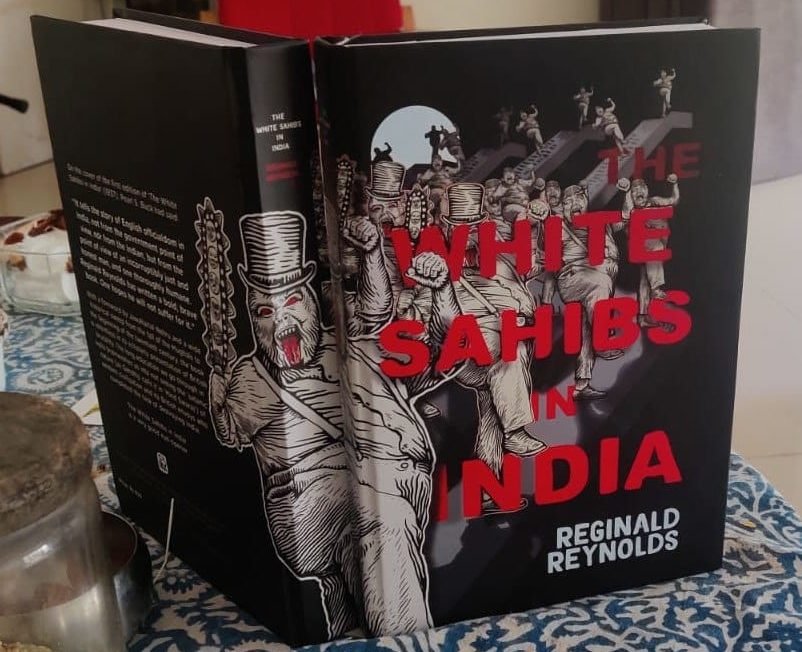Britain leased India as an asset from the East India Company post 1857 war, charged to the newly constituted GOI as a debit


“The liquidation” –of the insurrection of 1857 left the British in uncontested possession of the entire country, according to the popular book based on historical facts titled The White Sahibs of India. The book mentions various historical incidences of the cruelty, greediness of Britishers, and suppression of Indians while draining their resources and wealth.
While the Crown’s seizure of direct rule in 1858, an era of full dictatorship began, it assumed responsibility for the debts of the East India Company by cancelling the company’s loans to the British government. In this way, the British government was relieved of the debt, and the company continued to pay Britain. Meanwhile, India’s public debt grew under the British administration, and its nature and extent became a political controversy.
India was ruled as a conquered country, according to George Wingates’ book ‘Our Financial relations with India’. He claims that the East India Company was merely a handy front through which the ministry was able to profit from India’s resources.
According to the book, the first massive expenditure that was under scrutiny in India were the costs incurred as a result of several external wars fought for British interests beyond India’s borders. “Most of the Asiatic wars with countries beyond the Empire’s limits have been carried out by the mains of the military and monetary resources from the Government of India do the objects of those words were in some instances purely British and others were remotely connected with the interest of India they were undertaken by the government of India in obedience to instructions received from the British ministers,” says George when referring to the first Afghan war.
The expense of the battle which was some 15 million pounds was thrown on the Indian peasant, resulting in a dead loss for the country. In the same year, the Company’s chairman and deputy chairman protested the assumption that this cost should be allocated exclusively to India. Meanwhile, in 1842 they had mentioned, “it has become the duty of code to claim on behalf of India” to be relieved of “any charges to which she may not just be liable, and Whilst it is a very long way from courts these are premature to raise any questions regarding the object of the expedition beyond the Indus, yet they are constrained to submit that in no view of the case it can be just that the whole charge of the operation including that of military reinforcements about to be affected, should be thrown on the finances of India.”
Other costs incurred by the company while serving under the command of the Crown are listed in the book, including 14 million pounds for the first two Burmese wars and 6 million pounds for different expeditions to China, Persia, and other countries.
The cost of suppressing the 1857 rebellion was 40 million pounds, which was transferred to India and condemned by Sir George Winget as “unparalleled meanness,” because “we have sort to pass the entire cost of a risky war to defend the Empire to the overburdened coffers of India.”
“In the crisis of Indian mutiny then, and with the Indian finances reduced to an almost desperate condition, Great Britain has not only required India to pay for the entire extra regiments sent to the country but also for the date of the living these but has demanded by the money this first on account of this statement of the service in this country,” Sir George mentions in his book.
Given the depth of justice inherited from the East India Company, Indians now are compelled to compensate for the fortune extracted from India while these same debts were being incurred. Macaulay mentions that Clive’s annual income was calculated by Malcolm as the lowest conceivable at 40000 pounds at the income size, which was as rare as an acceleration of George III as income of a hundred thousand pounds in his own time. This was the extent Britishers could earn by mass plundering the Indian soil.
DISCLAIMER: The author is solely responsible for the views expressed in this article. The author carries the responsibility for citing and/or licensing of images utilized within the text.
